Mid-January Waterbirds
Blog post by Elle-Mari Talivee, project Envirocitizen. November, 2020
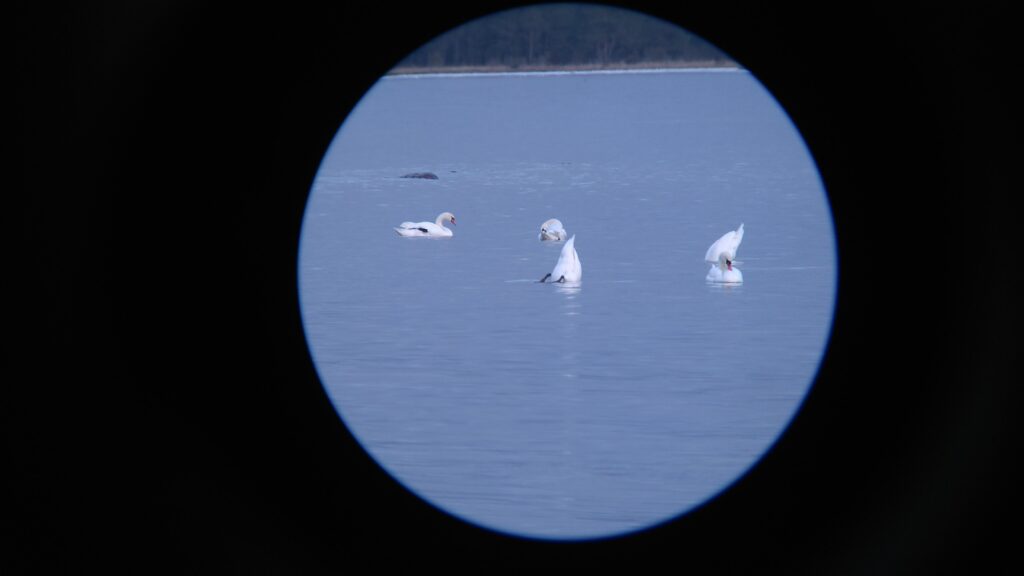
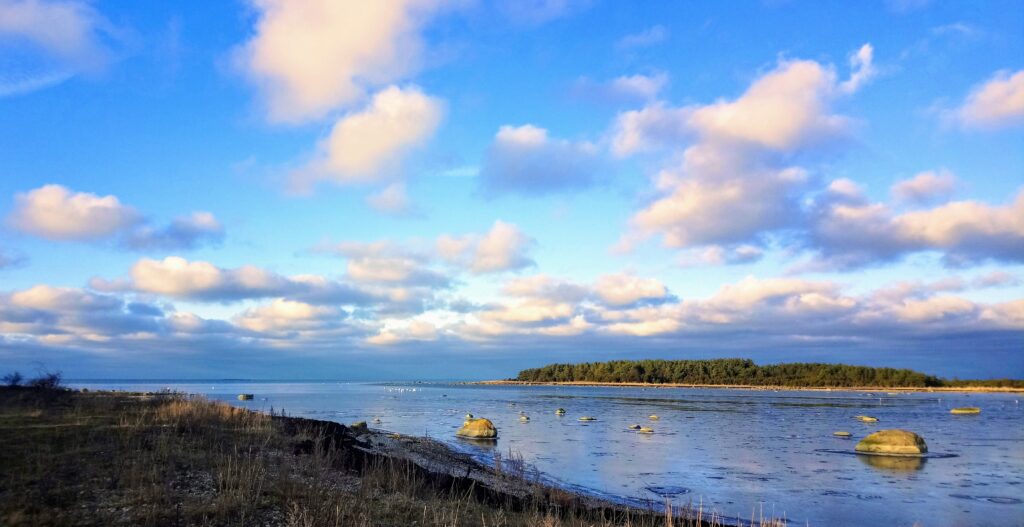
My favourite time for bird counting is in the middle of winter by the seaside. I became interested in ornithology when I was a schoolgirl. Since the 1990s, I have spent one weekend almost every winter as an amateur ornithologist on Hiiumaa, an island in Western Estonia. There, I take part in the international mid-winter waterfowl census. As a bird count it has a fairly long history: the first mid-winter water-bird survey in Europe took place in 1967 and, back then, Estonia was among the initiating countries. The idea is to determine the numbers of the European populations of waterfowl and to know where they spend the winter. The count is done from the air, by sea, and on foot/by car beside the seaside. It is a perfect opportunity to get to know seabirds better and at the same time to help scientists collect data – that also reflects climate change – with the help of birds.
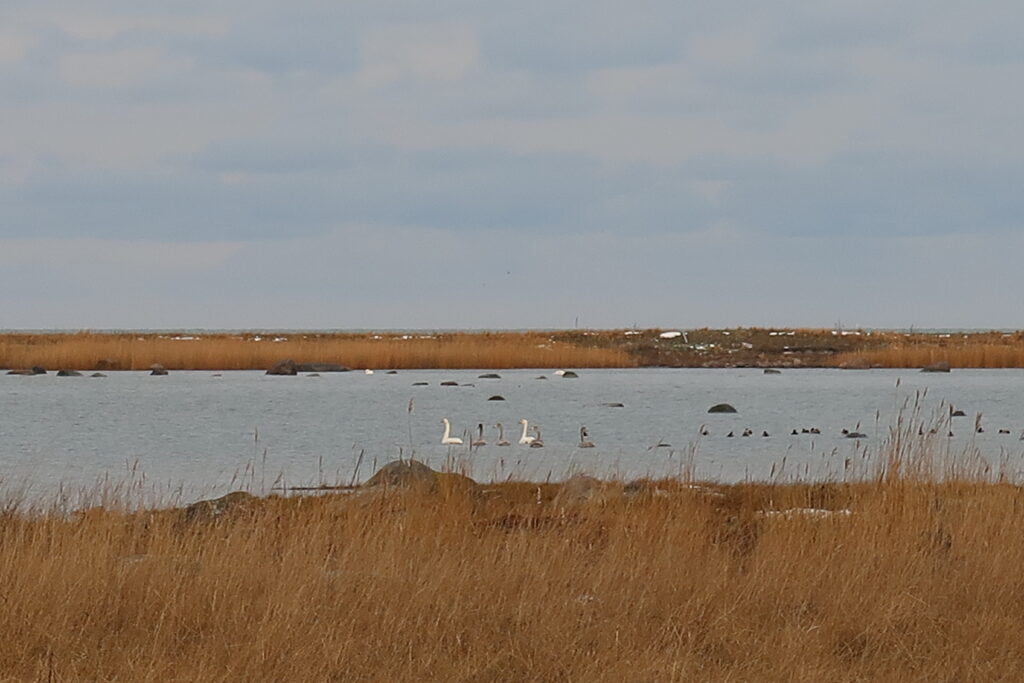
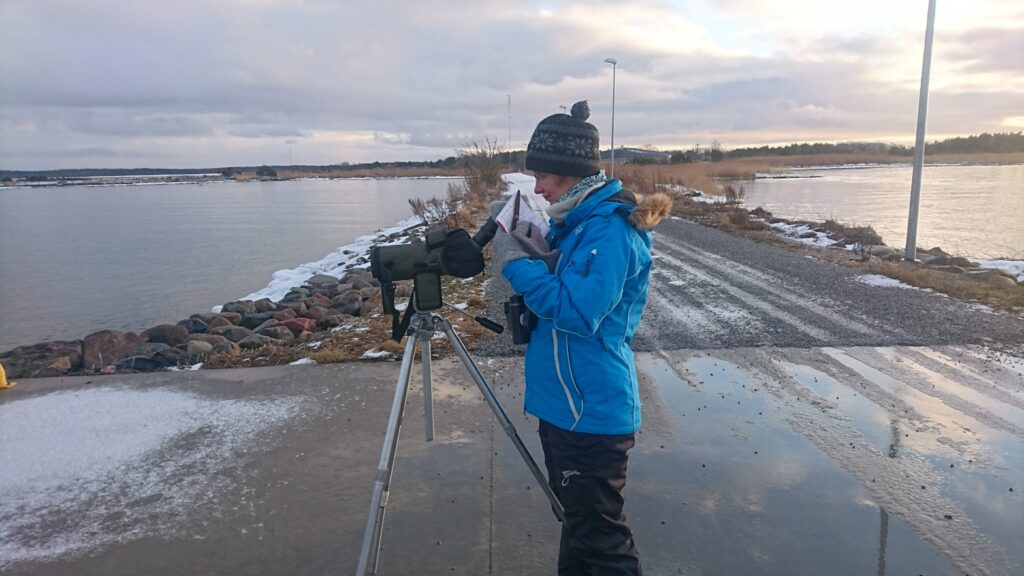
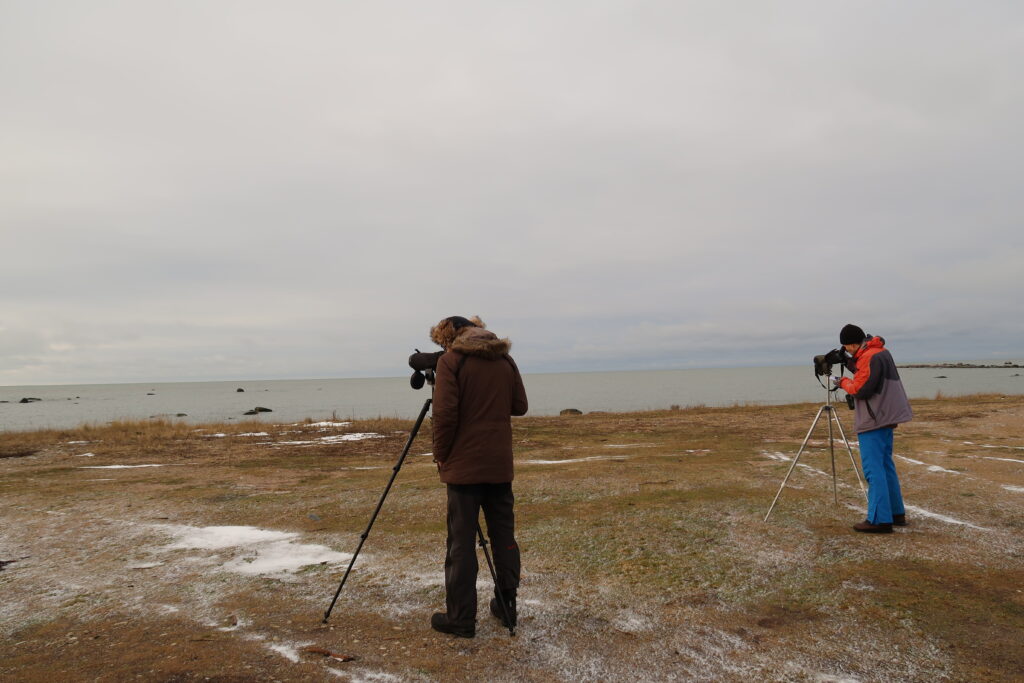
My day-long walk in January begins as soon as the sun rises (in Estonia in mid-winter there is enough light to recognise species about 09:30) and ends at twilight around 15:00. A spotting scope, binoculars, a bird guide and a notebook together with a pencil (pens tend to freeze) make up the necessary equipment. Then, the counter has to mark down all the seabirds they spot: in Western Estonia, they are usually long-tailed ducks, common goldeneyes, smews, common and red-breasted mergansers, velvet scoters, different seagulls, and mute and whooper swans. White-tailed sea-eagles sit on the stones in the water. Sometimes a fisherman is the only one you meet all day long; you are more likely to encounter a red deer walking out from the coastal forest. The cherry on the cake would be some Steller’s eiders, rare but bold and fancy-looking birds that like the little bays of North-Western Hiiumaa. Besides birds, I am always looking for seals: the warm winters have been harsh for ringed seals in the Baltic Sea, but the curious greys sometimes just poke their heads out of the water in the middle of seabirds.
As a researcher of literature, I am also very fond of stories told about birds. Every winter I try to catch a glimpse of the black-throated loon. The Estonian language belongs to the group of Fenno-Ugric languages and in the ancient tales (and old patterns and petroglyphs) of these peoples, the whole world began from a bird’s egg: and in some of these stories this bird is a loon. In his documentaries about Finno-Ugric heritage, the Estonian President, writer and filmmaker Lennart Meri, used a swan- or loon-like water bird as a kind of leitmotif referring to the common past.


